Modernism to mysticism: Balkrishna Doshi’s works of architecture
Pritzker Prize winning architect Balkrishna Doshi has a career that spans 60 years, so a little evolution is to be expected. But tracing its arc, having begun his career a fervent modernist – trained at Le Corbusier’s atelier in Paris – halfway through his life it seems Doshi abruptly traded the rational for the fairy tale, the international for the local, and became, in effect, a completely different architect. Here we show his architectural and artistic development from modernism to mysticism.
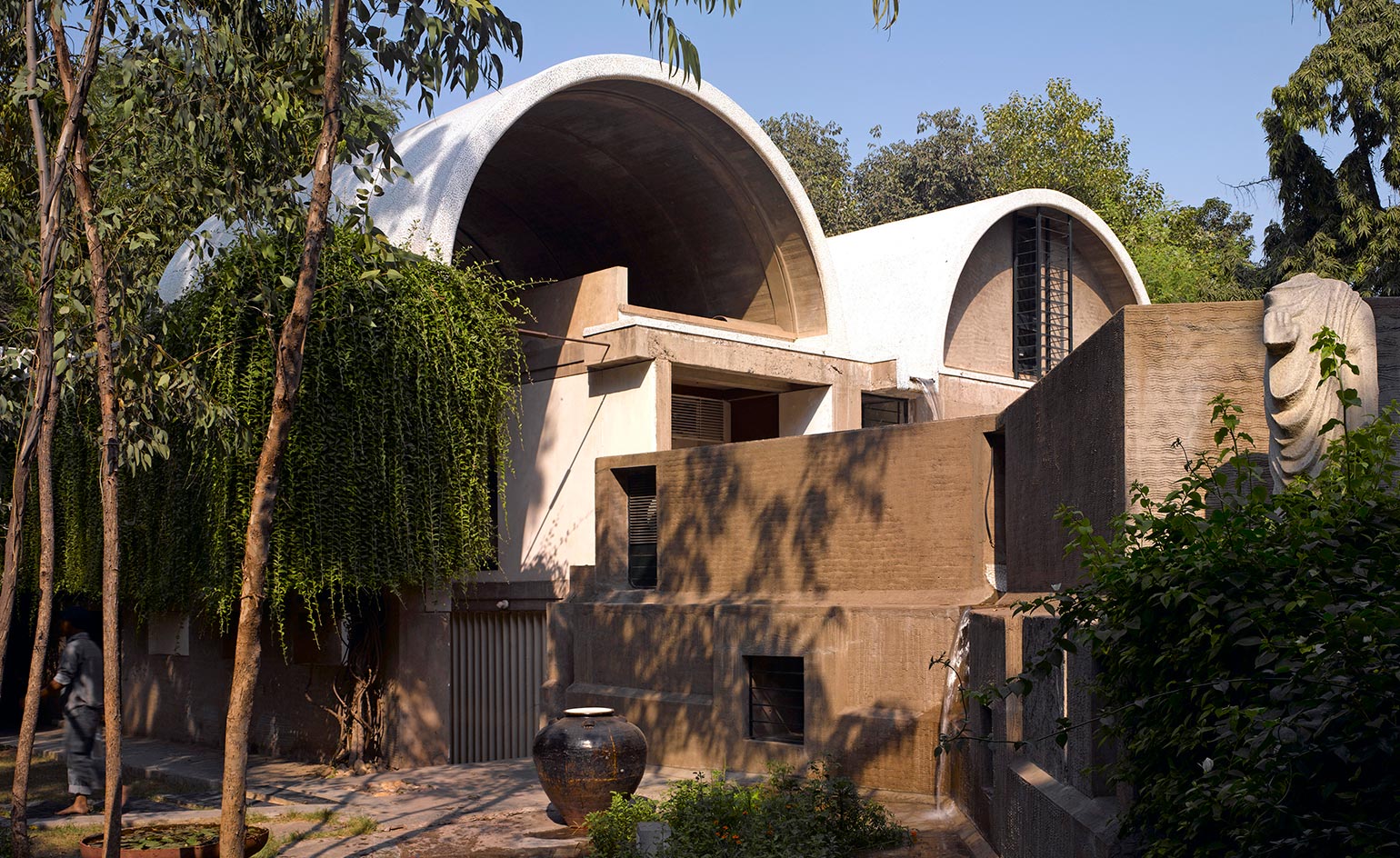
Sangath
Balkrishna Doshi’s office in Ahmedabad, India, feels more like a community centre or a college campus than it does an architectural practice. An improbable oasis of calm on the furiously busy Thaltej Road, Sangath is a leafy and meditative compound.
Sangath
Clearly designed with Ahmedabad’s ferocious climate in mind, the office complex is clad in glittering white tile fragments to reflect the sun. And with half its height buried below ground level, all that is visible is a series of low vaulted chambers. Windows and doors are small and deeply recessed, and oversized water spouts channel rainwater into cascading tanks and an underground reservoir.
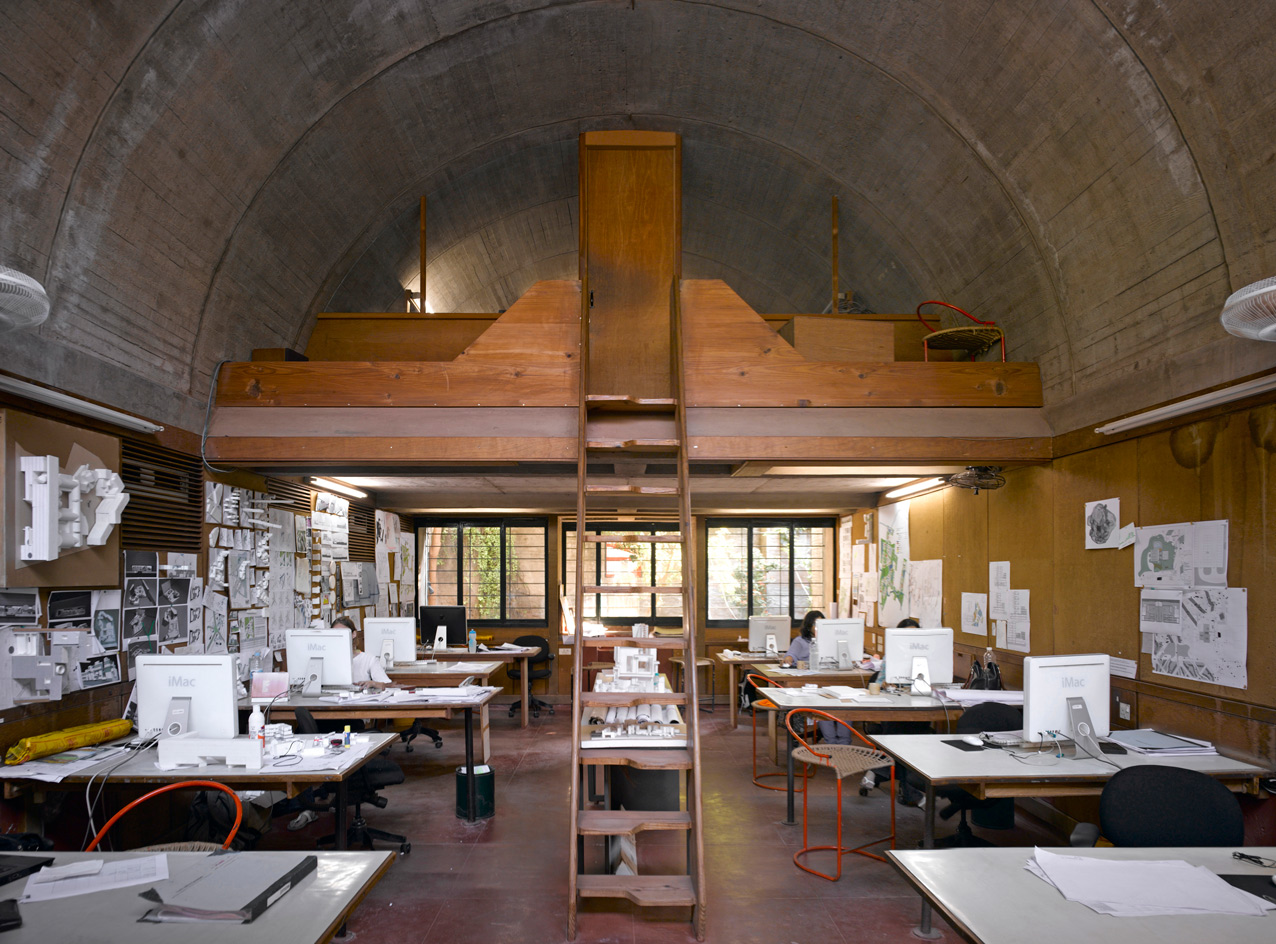
Ahmedabad School of Architecture
Ahmedabad School of Architecture built in 1962, now the CEPT University, Centre for Environment Planning & Technology, was founded and designed by Doshi. The concrete and brick buildings feature open plan layouts with a system of courtyards and linking staircases creating a campus.

Ahmedabad School of Architecture
The architecture shows influence of Le Corbusier and Louis Kahn and traditional Indian urban planning. Doshi trained at Le Corbusier’s atelier in Paris – yet halfway through his life Doshi abruptly traded the rational for the fairy tale, the international for the local, and became, in effect, a completely different architect.

Tagore Memorial Hall
This brutalist concrete masterpiece was built in 1966 as a tribute to Rabindranath Tagore, writer and poet. Located in Ahmedabad on the sandy banks of the Sabarmati River, the hall features an auditorium seating 700 within a seating-bowl structure independent from the frame of the building.

Tagore Memorial Hall
The entrance lobby shows the inverted stepped seating of the bowl-shaped auditorium with decorative interior paintings and hangings included within the architectural design of the space.
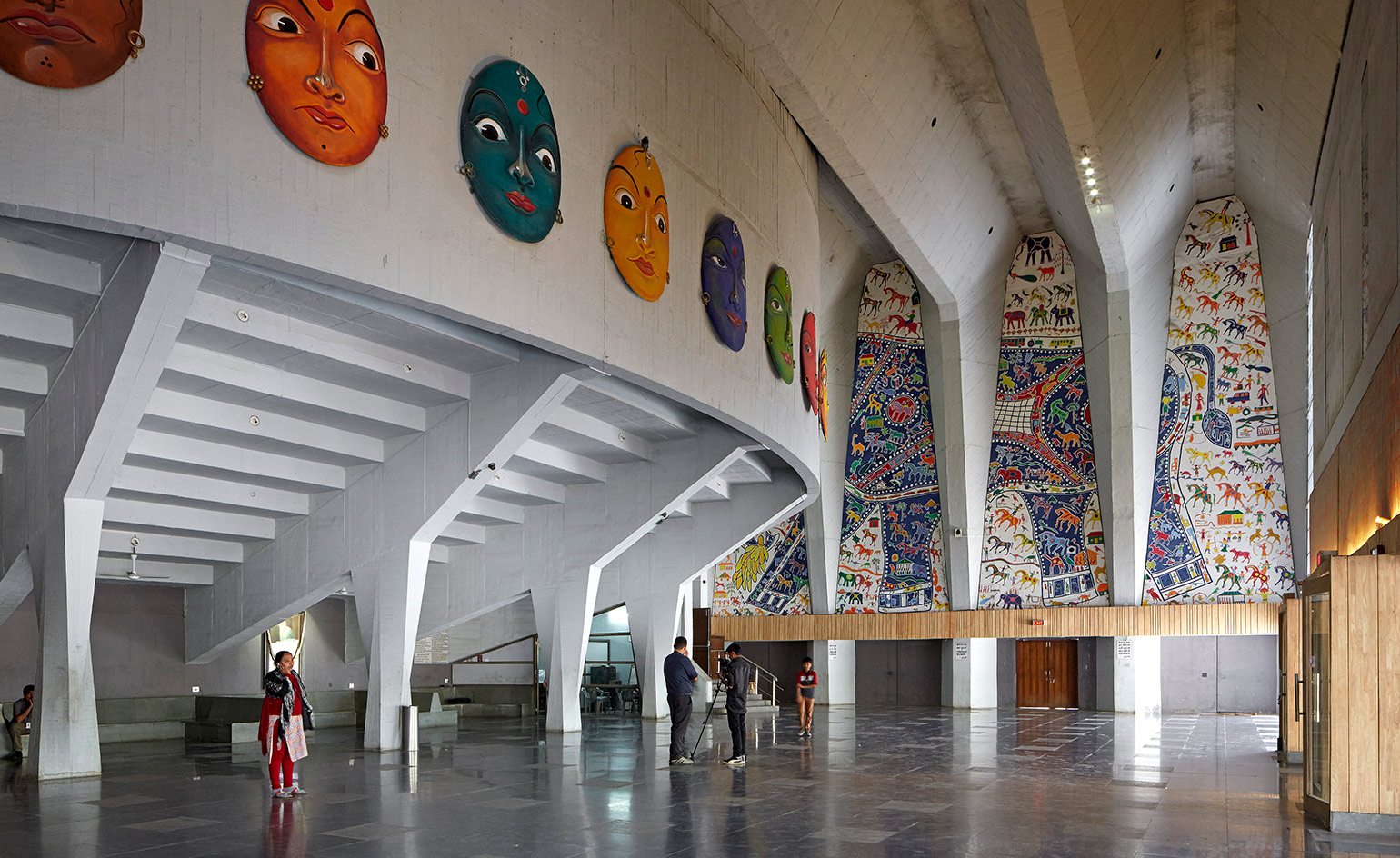
Amdavad ni Gufa
Located in Ahmedabad on the campus of the Centre for Environmental Planning & Technology, this cavernous underground art gallery is a collaboration between architect and artist Maqbool Fida Husain. The landscaping of the building in the land and the entrance brings and otherwordly sensation to the space.
Receive our daily digest of inspiration, escapism and design stories from around the world direct to your inbox.
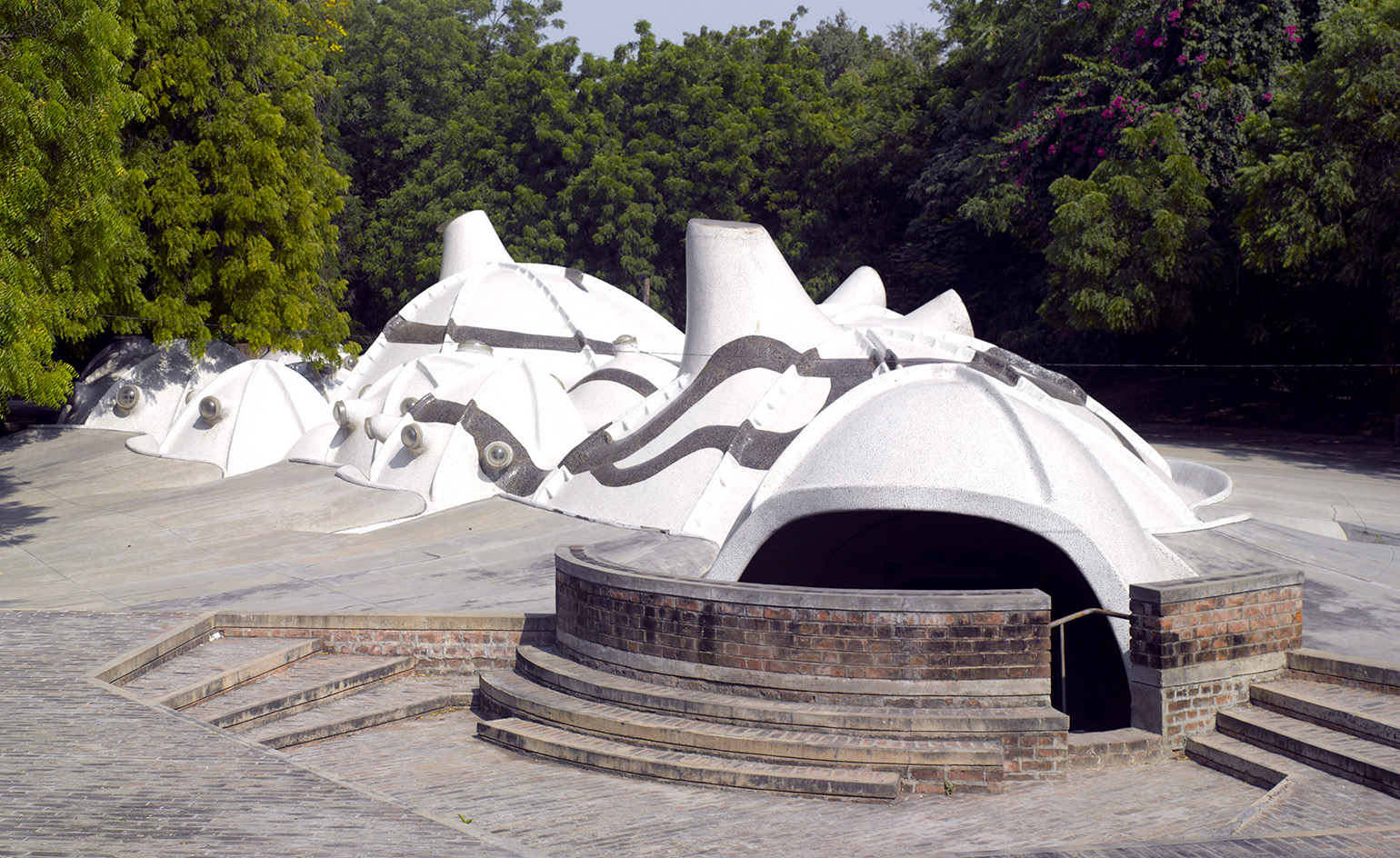
Amdavad ni Gufa
The gallery features paintings and sculptures that are integrated with the architecture, constructed with computer-aided design in cement and local waste products, using local craft skills. Porcelain tiles cover the bulbous shell shaped roof making the space feel like a mysterious living organism.

Ellie Stathaki is the Architecture & Environment Director at Wallpaper*. She trained as an architect at the Aristotle University of Thessaloniki in Greece and studied architectural history at the Bartlett in London. Now an established journalist, she has been a member of the Wallpaper* team since 2006, visiting buildings across the globe and interviewing leading architects such as Tadao Ando and Rem Koolhaas. Ellie has also taken part in judging panels, moderated events, curated shows and contributed in books, such as The Contemporary House (Thames & Hudson, 2018), Glenn Sestig Architecture Diary (2020) and House London (2022).
-
 A tale of two Audis: the A5 saloon goes up against the A6 Avant e-tron
A tale of two Audis: the A5 saloon goes up against the A6 Avant e-tronIs the sun setting on Audi’s ICE era, or does the company’s e-tron technology still need to improve?
-
 Inside Christian de Portzamparc’s showstopping House of Dior Beijing: ‘sculptural, structural, alive’
Inside Christian de Portzamparc’s showstopping House of Dior Beijing: ‘sculptural, structural, alive’Daven Wu travels to Beijing to discover Dior’s dramatic new store, a vast temple to fashion that translates haute couture into architectural form
-
 A music player for the mindful, Sleevenote shuns streaming in favour of focused listening
A music player for the mindful, Sleevenote shuns streaming in favour of focused listeningDevised by musician Tom Vek, Sleevenote is a new music player that places artist intent and the lost art of record collecting at the forefront of the experience
-
 This modernist home, designed by a disciple of Le Corbusier, is on the market
This modernist home, designed by a disciple of Le Corbusier, is on the marketAndré Wogenscky was a long-time collaborator and chief assistant of Le Corbusier; he built this home, a case study for post-war modernism, in 1957
-
 The Architecture Edit: Wallpaper’s houses of the month
The Architecture Edit: Wallpaper’s houses of the monthThis September, Wallpaper highlighted a striking mix of architecture – from iconic modernist homes newly up for sale to the dramatic transformation of a crumbling Scottish cottage. These are the projects that caught our eye
-
 An apartment is for sale within Cité Radieuse, Le Corbusier’s iconic brutalist landmark
An apartment is for sale within Cité Radieuse, Le Corbusier’s iconic brutalist landmarkOnce a radical experiment in urban living, Cité Radieuse remains a beacon of brutalist architecture. Now, a coveted duplex within its walls has come on the market
-
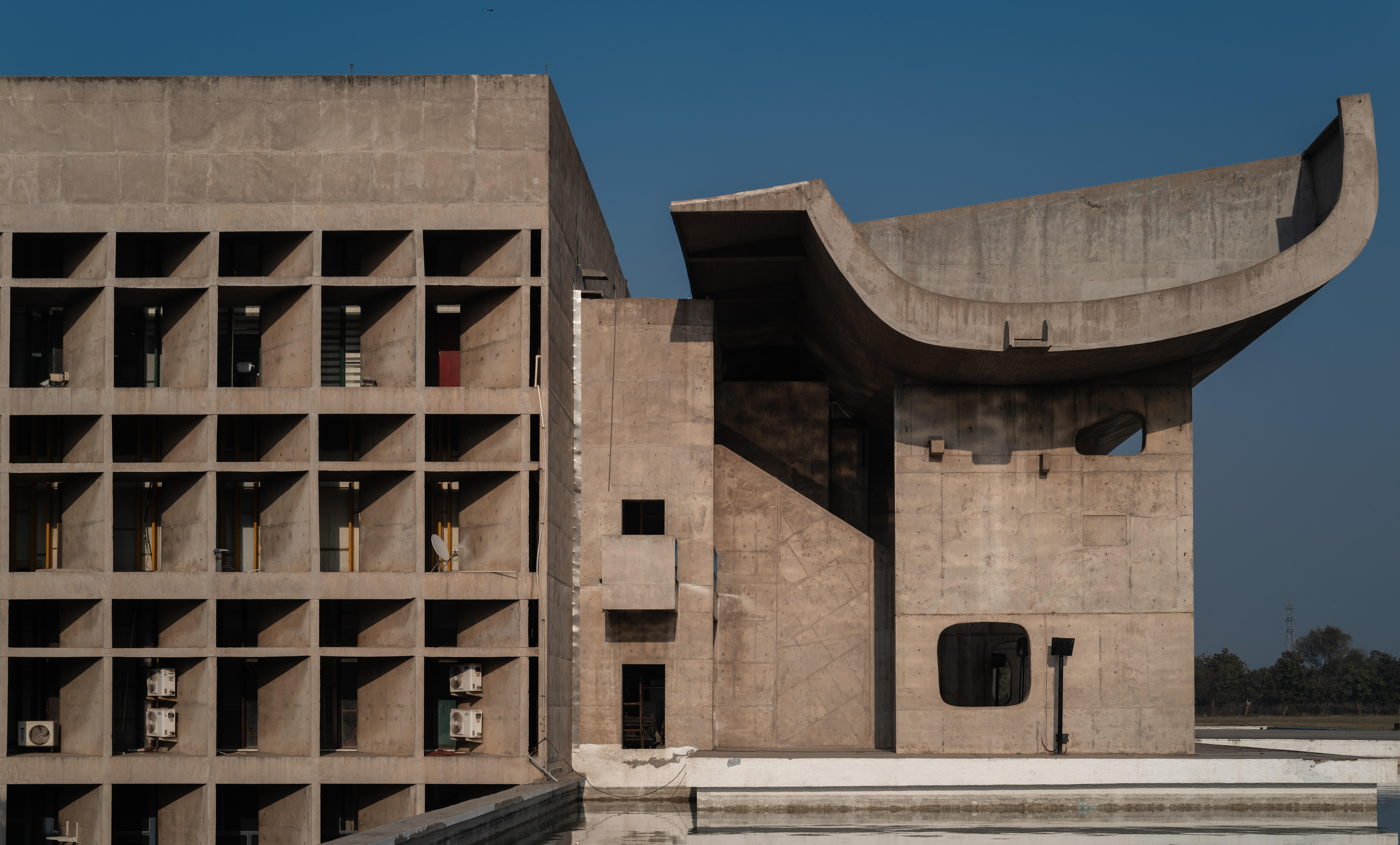 A guide to modernism’s most influential architects
A guide to modernism’s most influential architectsFrom Bauhaus and brutalism to California and midcentury, these are the architects who shaped modernist architecture in the 20th century
-
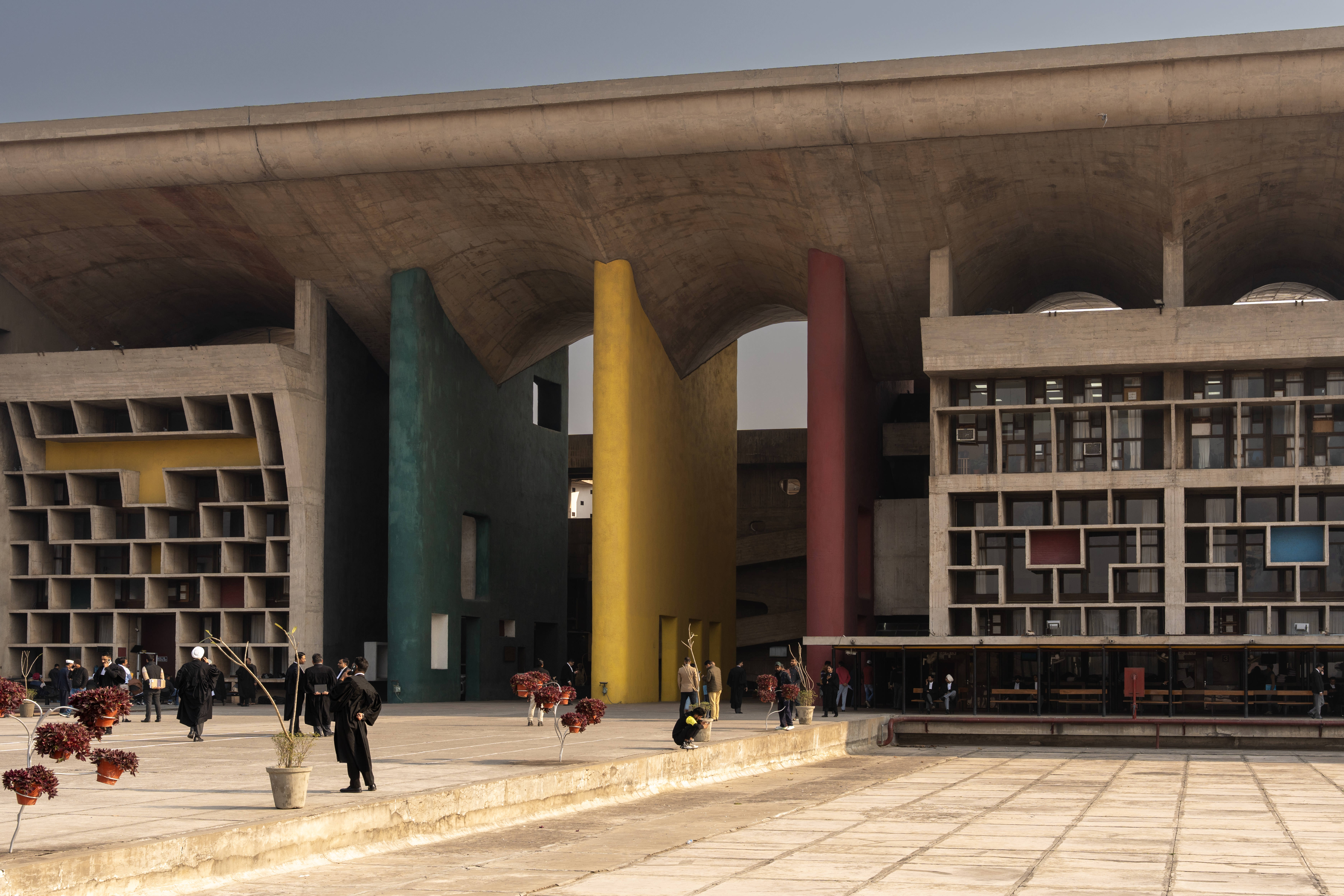 This ‘architourism’ trip explores India’s architectural history, from Mughal to modernism
This ‘architourism’ trip explores India’s architectural history, from Mughal to modernismArchitourian is offering travellers a seven-night exploration of northern India’s architectural marvels, including Chandigarh, the city designed by Le Corbusier
-
 How Le Corbusier defined modernism
How Le Corbusier defined modernismLe Corbusier was not only one of 20th-century architecture's leading figures but also a defining father of modernism, as well as a polarising figure; here, we explore the life and work of an architect who was influential far beyond his field and time
-
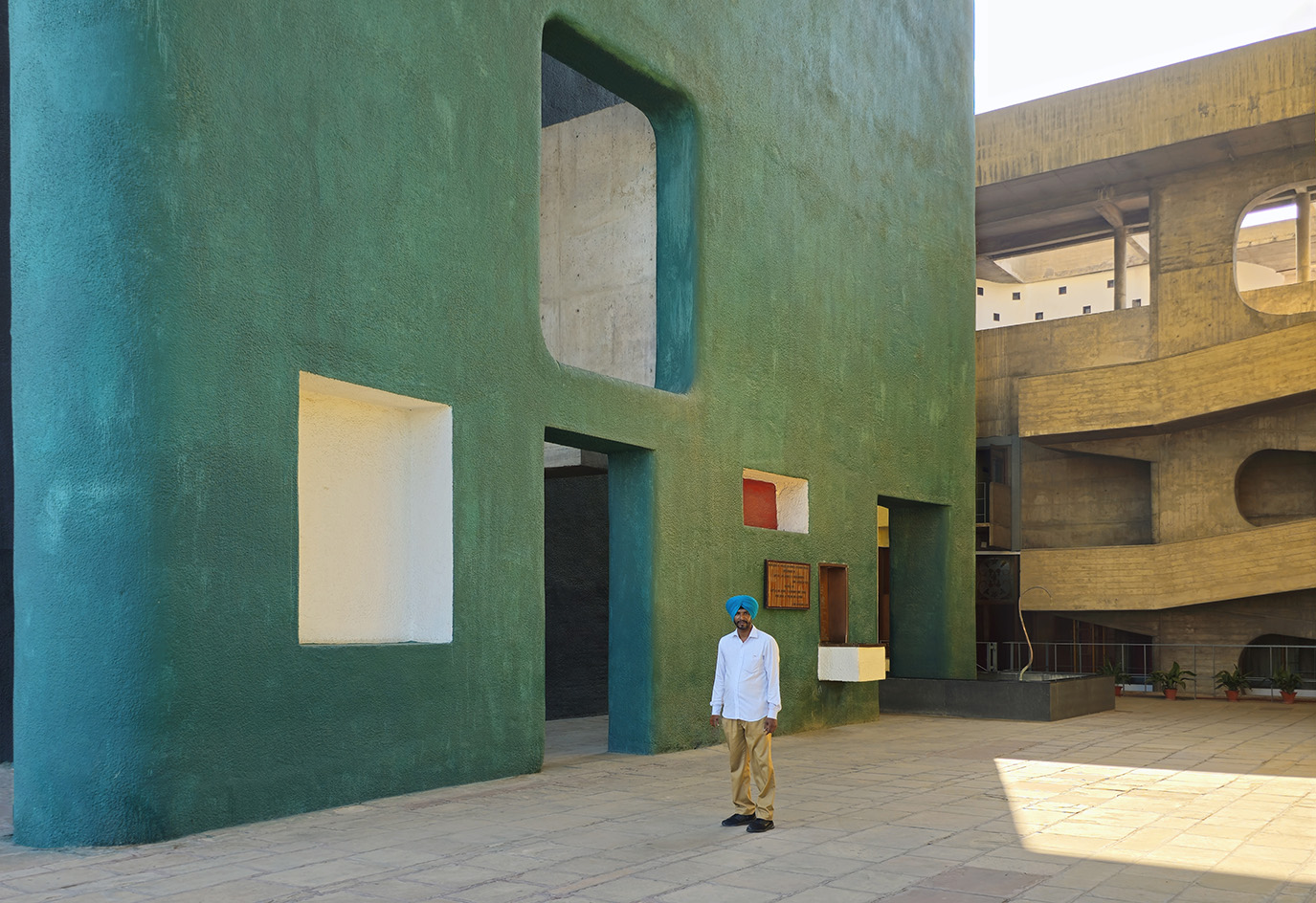 A new exhibition marks Chandigarh’s modernist legacy
A new exhibition marks Chandigarh’s modernist legacy‘Celebrating the Capitol’, an exhibition of photographic work by architect Noor Dasmesh Singh, opens just in time for the famed modernist Indian city’s anniversary
-
 Modernist architecture: inspiration from across the globe
Modernist architecture: inspiration from across the globeModernist architecture has had a tremendous influence on today’s built environment, making these midcentury marvels some of the most closely studied 20th-century buildings; here, we explore the genre by continent